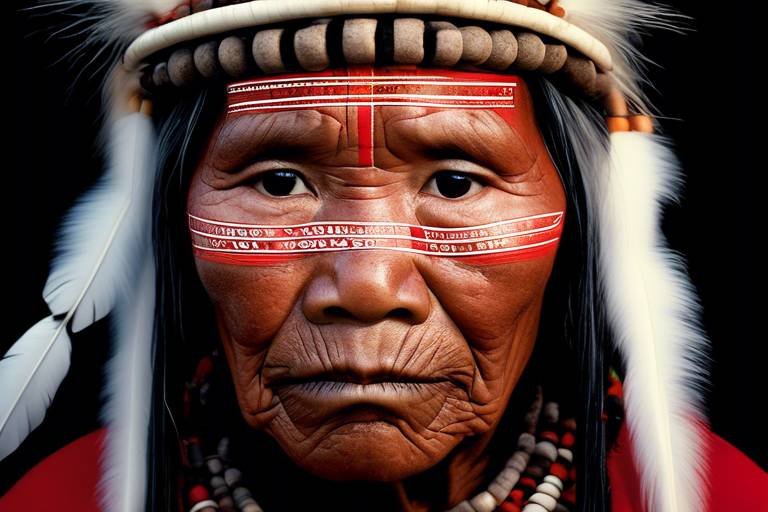The Connection Between Ancient Religions and Medicine
Exploring the historical relationship between ancient religious beliefs and medical practices reveals a fascinating intertwining of spirituality and healing in civilizations like Ancient Egypt, Greece, India, and more. These ancient cultures viewed health not only as a physical state but also as a harmonious balance of mind, body, and spirit. The connection between ancient religions and medicine goes beyond mere physical remedies, delving into the realms of divine intervention, rituals, and holistic approaches to well-being.

Ancient Egyptian Beliefs and Healing Practices
Exploring the historical relationship between ancient religious beliefs and medical practices, highlighting how spirituality and healing intertwined in civilizations such as Ancient Egypt, Greece, and India.
Ancient Egyptian medicine was deeply rooted in their religious beliefs, with gods like Thoth, the god of wisdom and writing, and Sekhmet, the goddess of healing and war, playing significant roles in healthcare. Priests, who were also physicians, utilized a combination of rituals, spells, and herbal remedies to treat various illnesses. The Ebers Papyrus, a medical text from ancient Egypt, contains detailed information on medical treatments and surgical procedures practiced during that time.
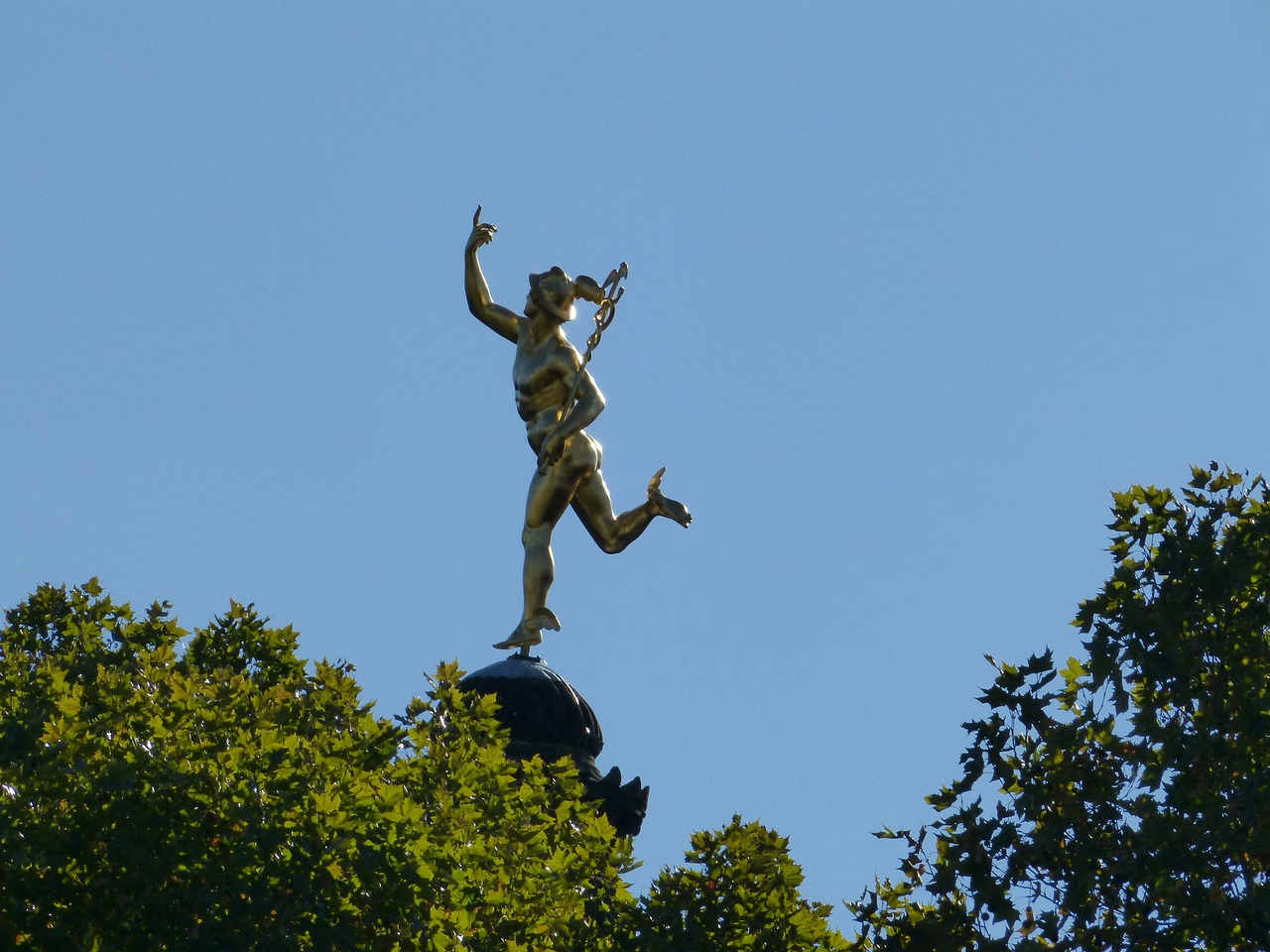
Greek Mythology and Medicine
Greek Mythology holds a significant place in the history of medicine, influencing the development of medical knowledge and practices in ancient Greece. The Greek gods, particularly Asclepius and Apollo, played vital roles in shaping the concept of healing. Asclepius, the god of medicine, was revered for his ability to cure ailments and was often depicted holding a staff with a snake, symbolizing healing and rejuvenation. Apollo, the god of light, music, and healing, was believed to bring about physical and spiritual well-being through his influence.
A key aspect of Greek medicine was the belief in holistic healing, considering the interconnectedness of the body, mind, and spirit. Physicians in ancient Greece aimed not only to treat physical symptoms but also to address the emotional and spiritual aspects of illness. This holistic approach to healthcare emphasized the importance of balance and harmony for overall well-being.
Moreover, Greek physicians like Hippocrates, known as the father of Western medicine, laid the foundation for evidence-based medical practices. The Hippocratic Oath, attributed to him, established ethical standards for physicians and emphasized the sacred duty of doctors to prioritize the welfare of their patients above all else.
Ancient Greek healing practices often involved a combination of medicinal herbs, physical therapies, and spiritual rituals. Temples dedicated to Asclepius, known as Asclepieia, served as healing sanctuaries where patients sought guidance and treatment through dreams and rituals. These temples were places of spiritual healing, where individuals believed in the power of divine intervention to restore health.
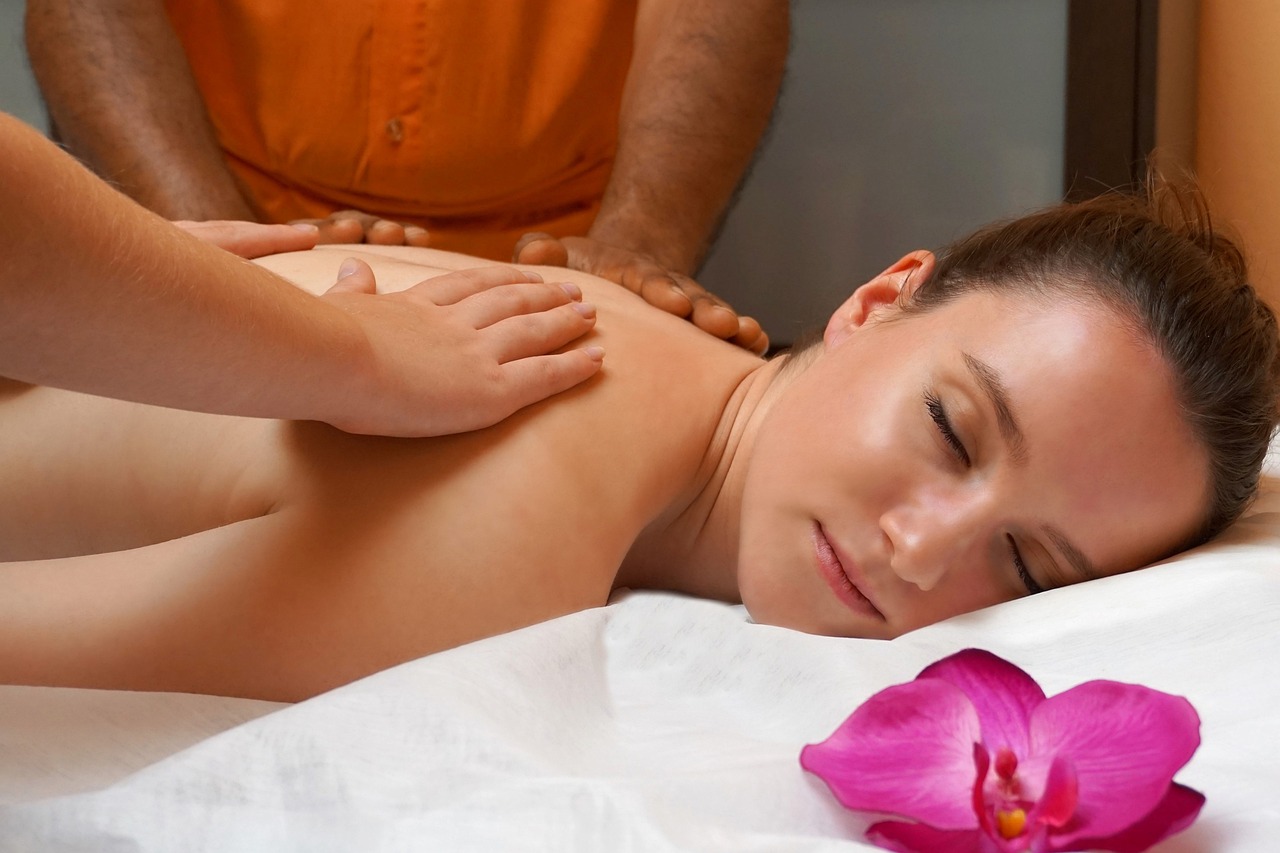
Indian Ayurveda and Spiritual Healing
Ayurveda, an ancient Indian system of medicine, goes beyond physical healing and delves into the realm of spiritual well-being. Rooted in the belief that the body, mind, and spirit are interconnected, Ayurveda emphasizes the balance between these elements to achieve optimal health. The fundamental principles of Ayurveda revolve around the concept of doshas – Vata, Pitta, and Kapha – which represent different energies present in the body. By understanding one's unique constitution and addressing imbalances through diet, lifestyle modifications, herbal remedies, and therapies, Ayurveda aims to harmonize the individual with the universe.
Central to Ayurvedic practices is the integration of spirituality, yoga, and meditation. These components are considered essential for holistic healing, as they help individuals connect with their inner selves and the divine. Through spiritual practices, such as prayer, chanting, and mindfulness, Ayurveda seeks to align the body's energies and promote overall well-being. Yoga, with its focus on physical postures (asanas) and breath control (pranayama), complements Ayurvedic treatments by enhancing flexibility, strength, and mental clarity. Meditation, on the other hand, aids in calming the mind, reducing stress, and fostering inner peace.
Ayurvedic treatments are not merely about alleviating symptoms but also about addressing the root cause of illness, which is often believed to stem from imbalances in the doshas. Herbal remedies play a significant role in Ayurvedic medicine, with plants and natural substances used to create formulations that support the body's healing processes. These remedies are tailored to individual needs based on their doshic constitution and specific health concerns. Additionally, therapies such as Panchakarma, a detoxification and rejuvenation treatment, aim to cleanse the body of toxins and restore equilibrium.
Furthermore, Ayurveda emphasizes the importance of maintaining a sattvic (pure) lifestyle, which involves consuming wholesome foods, practicing mindfulness, and fostering positive emotions. By cultivating a sattvic way of living, individuals can enhance their spiritual growth and overall vitality. The holistic approach of Ayurveda not only addresses physical ailments but also promotes mental clarity, emotional balance, and spiritual awareness, making it a comprehensive system for achieving harmony and well-being.
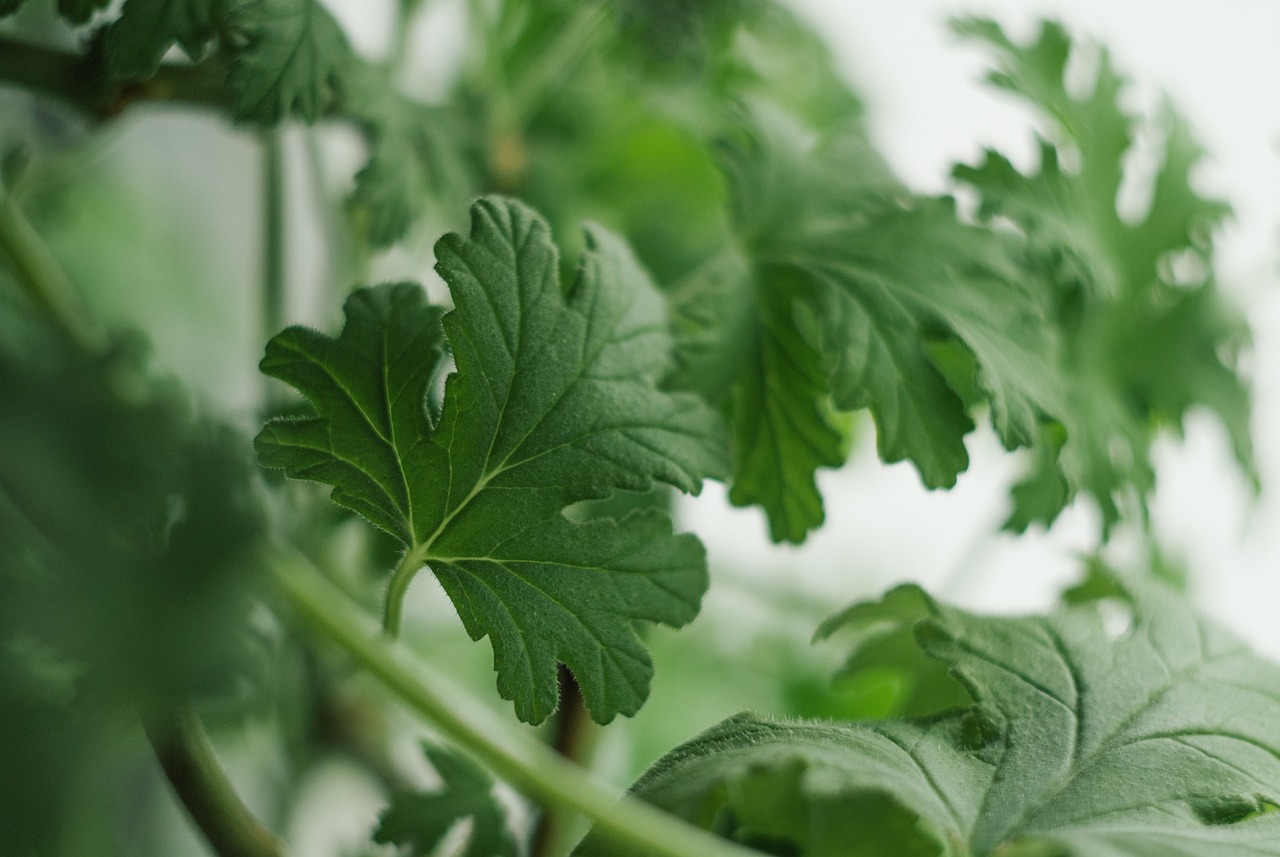
Chinese Taoism and Traditional Medicine
Chinese Taoism holds a profound influence on traditional medicine practices in China, emphasizing the interconnectedness of the body, mind, and spirit. At the core of Taoist philosophy is the concept of balance, symbolized by the harmonious relationship between yin and yang energies. This balance is believed to be essential for maintaining good health and preventing illness. Acupuncture, a key component of traditional Chinese medicine, is based on the principle of restoring the flow of vital energy, or Qi, through the body's meridian channels. By inserting thin needles at specific points, acupuncturists aim to rebalance the body's energy and promote healing.
Herbal medicine is another integral aspect of traditional Chinese healthcare, with a rich history of using plants and natural substances to treat various ailments. Chinese herbal remedies are often prescribed based on the individual's unique constitution and the specific imbalances in their body. These remedies are believed to not only address physical symptoms but also harmonize the body's energy systems to support overall well-being. Moreover, traditional Chinese medicine places a strong emphasis on preventive care, focusing on maintaining health and balance to prevent illness before it occurs.
In Taoist tradition, practices such as Qigong and Tai Chi are also considered essential for promoting health and longevity. These gentle exercises combine movement, breath control, and meditation to cultivate Qi, enhance circulation, and strengthen the body's natural healing abilities. By integrating physical movements with mindfulness and breathwork, practitioners of Qigong and Tai Chi seek to align the body's energy flow and foster a sense of inner harmony.
The holistic approach of Chinese Taoism towards healing encompasses not only the physical aspects of health but also the emotional, mental, and spiritual dimensions. By recognizing the interconnectedness of all aspects of an individual's well-being, traditional Chinese medicine aims to restore balance and harmony within the body, leading to improved health outcomes and a greater sense of vitality.
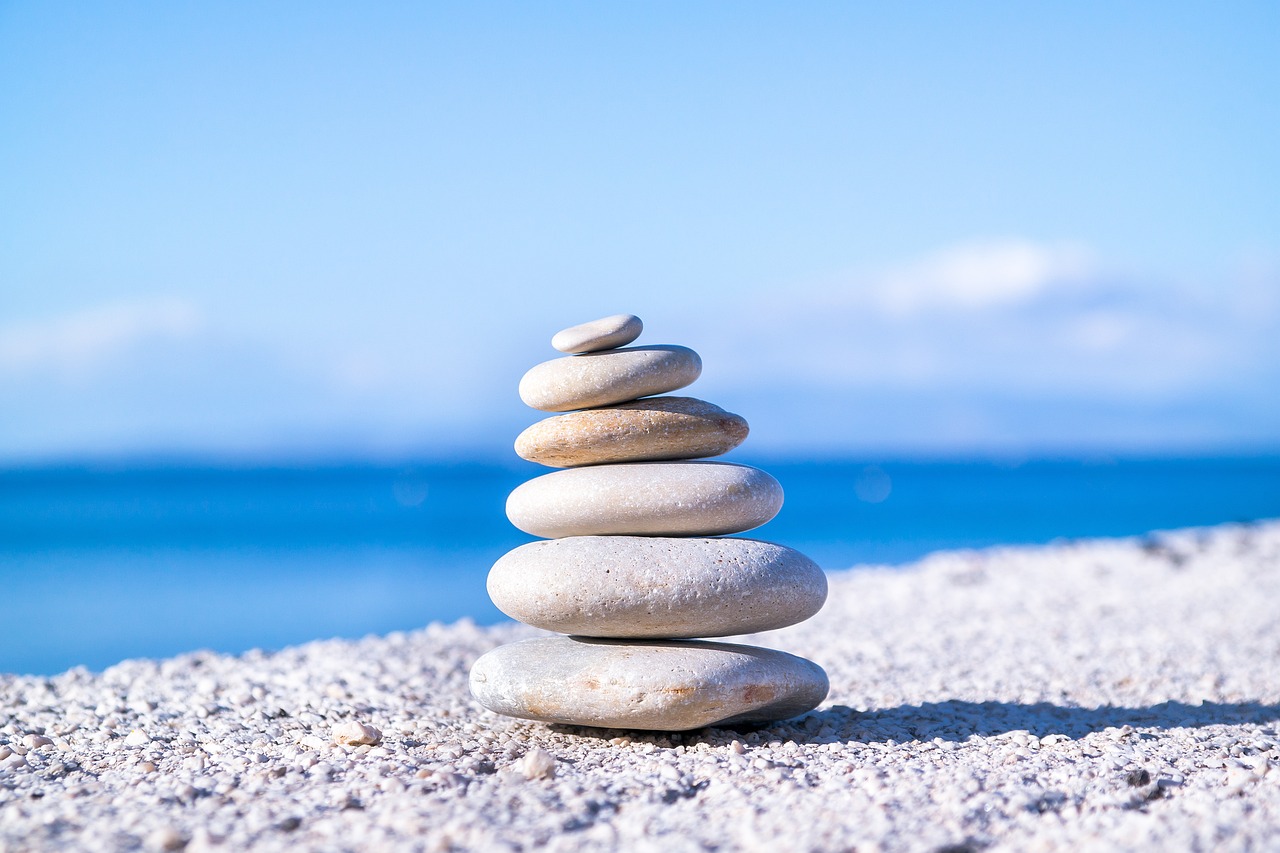
Native American Shamanism and Healing Rituals
Native American Shamanism holds a profound connection to spiritual beliefs and healing practices within various tribes across the Americas. Shamans, revered as spiritual leaders and healers, play a vital role in the community by utilizing herbs, prayers, and rituals to address physical and spiritual ailments. Through sacred ceremonies and the guidance of ancestral spirits, shamans channel healing energies to restore balance and harmony within individuals.
Central to Native American healing rituals is the belief in the interconnectedness of all living beings and the natural world. Shamans often engage in vision quests and trance-like states to communicate with the spirit realm and receive guidance for healing practices. These rituals are deeply rooted in tradition and are passed down through generations, embodying the wisdom and knowledge of ancient indigenous cultures.
Herbal medicine plays a significant role in Native American healing, with plants like sage, sweetgrass, and cedar being used for purification and healing purposes. The use of sacred herbs in conjunction with prayer and ceremonial practices is believed to cleanse the body, mind, and spirit, promoting holistic well-being and harmony.
Furthermore, the concept of the Medicine Wheel, a sacred symbol representing the interconnectedness of all aspects of life, guides the healing process in Native American traditions. Each direction of the wheel symbolizes different elements such as physical, emotional, mental, and spiritual aspects, providing a holistic framework for understanding and addressing illness.
Shamans also engage in drumming, chanting, and dancing during healing ceremonies to create a sacred space and invoke spiritual energies for healing. These rhythmic practices are believed to align individuals with the natural flow of energy and facilitate the healing process on a deep spiritual level.
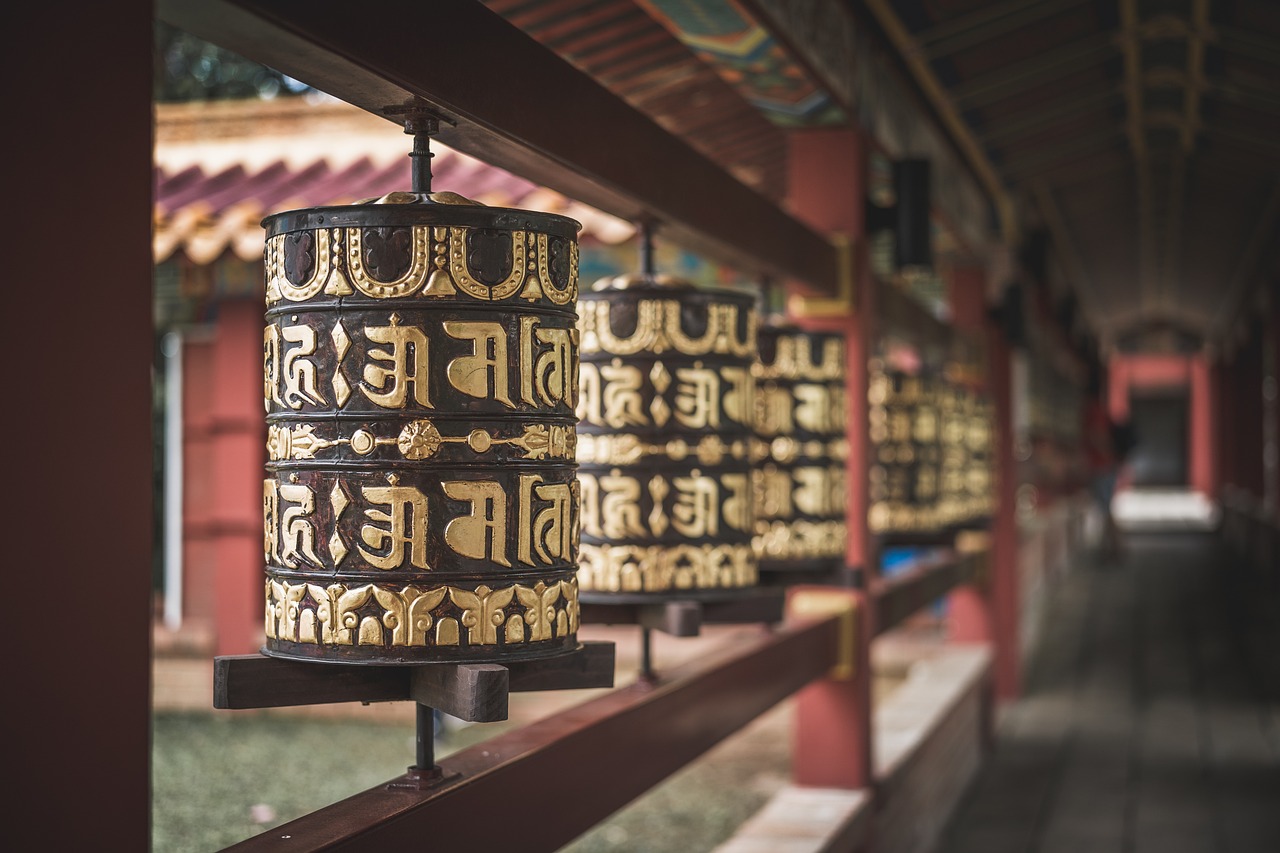
Roman Cult of Asclepius and Healing Temples
The Roman Cult of Asclepius held a significant place in ancient Roman society, revered as the god of medicine and healing. Asclepius was worshipped in temples dedicated to his name, known as Asclepieia, where individuals sought divine intervention for their health and well-being. These healing temples were not merely places of worship but also centers of medical treatment, blending spirituality with physical healing.
Patients visiting the Asclepieia participated in rituals and ceremonies aimed at invoking the healing powers of the god. They would often sleep overnight in the temple's dormitories, hoping to receive healing visions or dreams from Asclepius himself. These experiences were believed to offer guidance on treatment and recovery from various ailments.
The Roman healing temples were equipped with medicinal baths, sacred springs, and theaters for therapeutic performances. Priests known as Asclepiades administered treatments, which included herbal remedies, massages, and dietary regimens. The holistic approach to healing practiced in these temples emphasized the interconnectedness of the mind, body, and spirit.
Patients also engaged in offerings and sacrifices to Asclepius, seeking his favor for a successful recovery. The belief in the god's ability to heal the sick was so strong that many inscriptions found in these temples testify to miraculous cures attributed to Asclepius.
Overall, the Roman Cult of Asclepius and the healing temples associated with it exemplified the fusion of religious beliefs and medical practices in ancient Rome. The reverence for Asclepius as a divine healer underscored the importance of faith and spirituality in the pursuit of physical well-being.
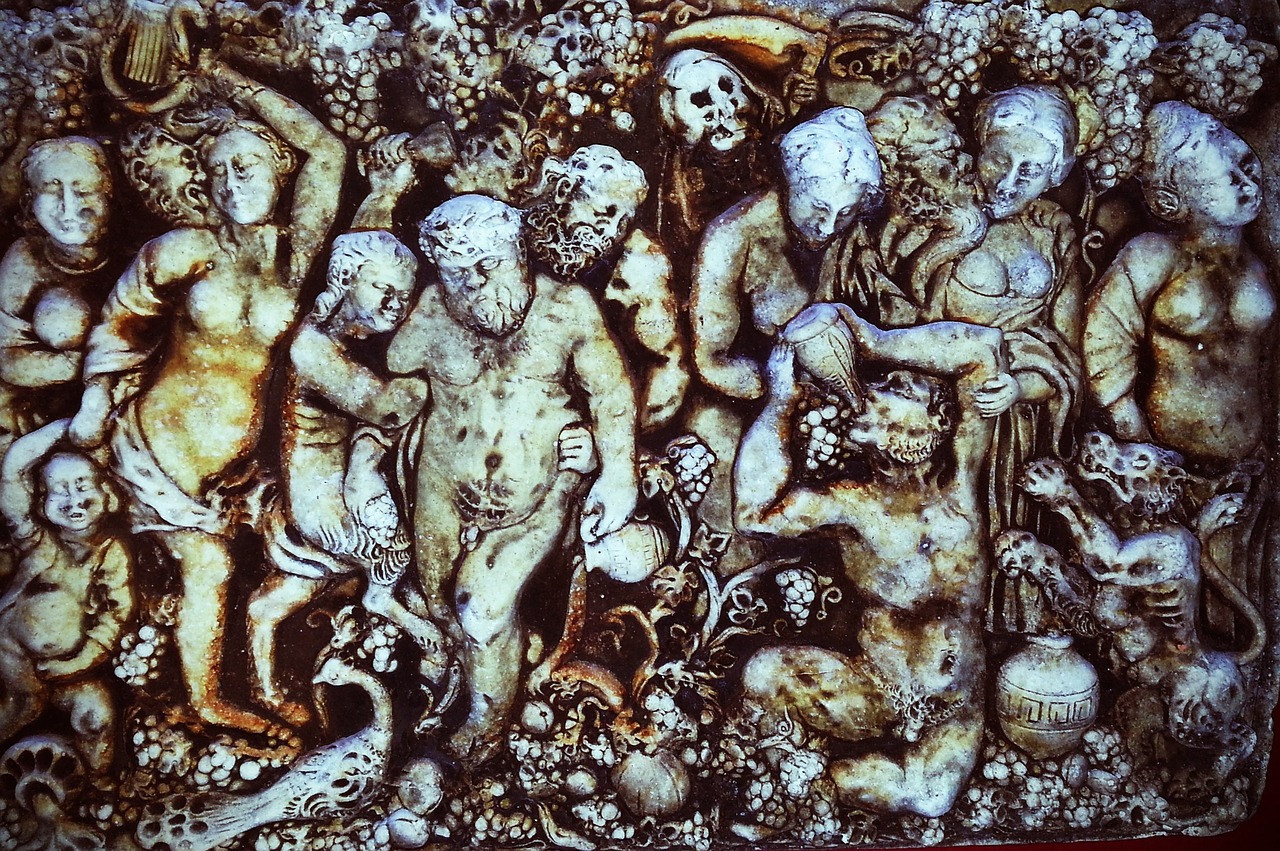
Norse Mythology and Runic Healing
When delving into Norse mythology, one cannot ignore the fascinating realm of runic healing. In ancient Norse culture, the use of runic symbols played a significant role in healing practices. Runes were not only seen as a form of writing but also as powerful tools with mystical properties believed to harness specific energies for healing purposes.
Odin, the chief of the Norse gods, was often associated with runic magic and healing. It was believed that Odin discovered the runes after a sacrifice and hung himself from the World Tree, Yggdrasil, for nine days and nights to gain their wisdom. This mythological tale highlights the deep connection between the divine and the healing powers of runic symbols in Norse culture.
Runic inscriptions were commonly used on objects, amulets, and even the human body to invoke protection, promote health, and aid in the recovery of illnesses. The intricate designs and meanings behind each runic symbol were believed to channel specific energies that could bring about physical and spiritual healing.
Furthermore, runic healing was not just about the symbols themselves but also the intention and energy imbued into them. Shamans and healers in Norse society would often perform rituals and chants while inscribing or invoking runes, infusing them with their spiritual essence to enhance their healing properties.
Overall, the practice of runic healing in Norse mythology exemplifies the deep-rooted belief in the interconnectedness of the spiritual and physical realms, where symbols were not merely characters but conduits of divine energy for promoting well-being and restoring balance.
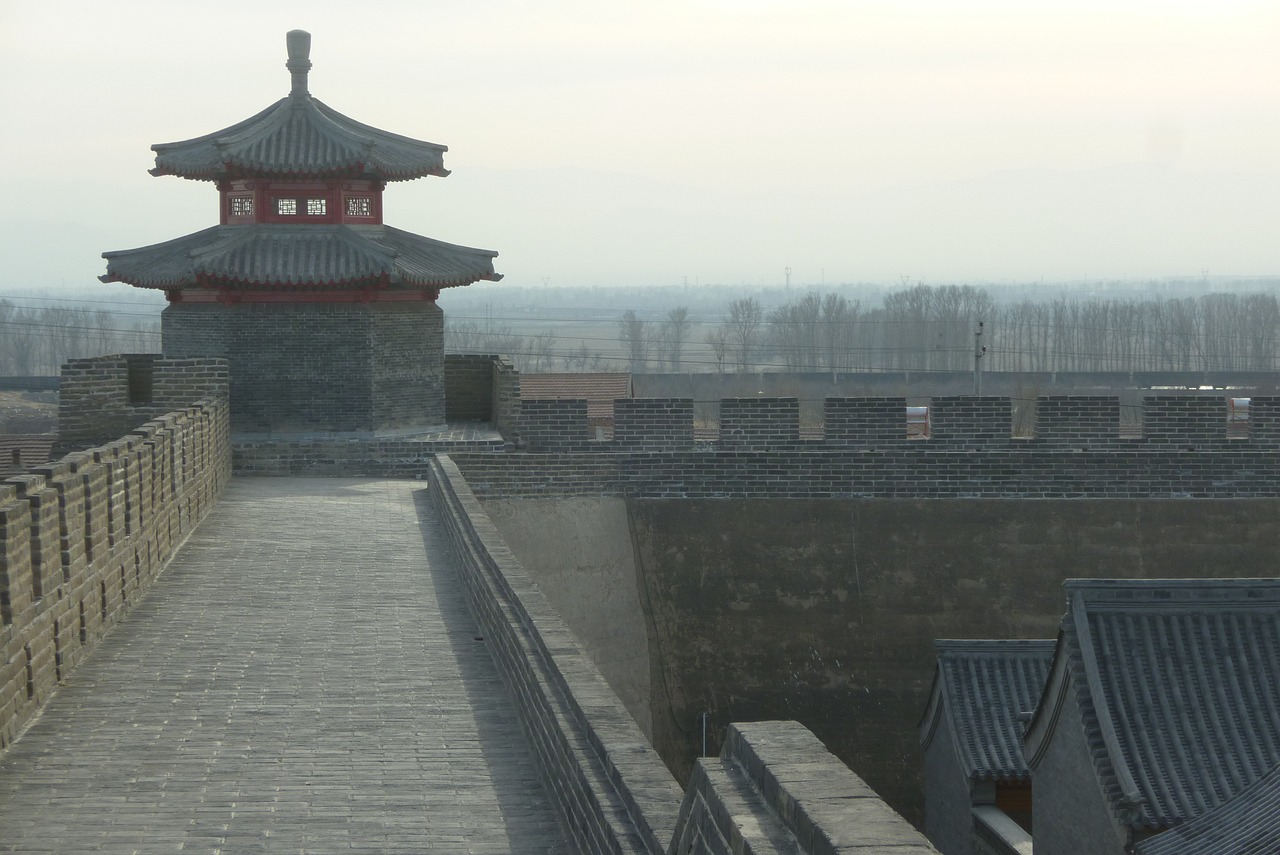
Comparative Analysis of Ancient Healing Practices
When we delve into the ancient healing practices of civilizations like Ancient Egypt, Greece, India, China, Native America, Rome, and Norse, we uncover a tapestry of diverse beliefs and methodologies that shaped the early foundations of medicine. Each culture infused spirituality into their healing practices, viewing the body, mind, and spirit as interconnected entities requiring holistic care.
Ancient Egyptian medicine was deeply rooted in religious beliefs, with deities like Thoth, the god of wisdom, and Sekhmet, the goddess of healing, playing crucial roles in the treatment of illnesses. The Egyptians employed a combination of rituals, spells, and herbal remedies to address physical ailments, recognizing the divine connection between health and spirituality.
In Greek mythology, figures like Asclepius, the god of medicine, and Apollo, the god of healing, guided the development of medical knowledge. The Greeks embraced the concept of holistic healing, emphasizing the balance of the body, mind, and spirit in achieving overall well-being.
Ayurveda, the ancient Indian system of medicine, integrated spirituality, yoga, and meditation into its healing practices. The foundational principles of Ayurveda revolved around achieving harmony within the body through a personalized approach that considers an individual's unique constitution and spiritual well-being.
Chinese traditional medicine, influenced by Taoist philosophy, focused on restoring the balance of yin and yang energies within the body. Acupuncture, herbal remedies, and qigong exercises were utilized to harmonize the flow of vital energy and promote holistic healing.
Native American tribes practiced shamanism, with shamans acting as spiritual mediators between the physical and spiritual realms. Healing rituals involved the use of herbs, prayers, and ceremonial practices to address illnesses and restore spiritual equilibrium.
The Roman cult of Asclepius revolved around the worship of the god of medicine, with healing temples dedicated to providing spiritual and physical healing to the afflicted. Patients sought divine intervention through rituals and offerings in hopes of curing their ailments.
In Norse mythology, runic symbols and rituals were employed for healing purposes, with gods like Odin associated with wisdom and healing. Runic inscriptions were used for protection and guidance, reflecting the Norse belief in the interconnectedness of the spiritual and physical worlds.
By comparing the ancient healing practices of these diverse civilizations, we gain a deeper understanding of the universal themes that underpin the relationship between spirituality and medicine. While each culture had its unique approaches, the common thread of viewing health as a holistic concept connecting the individual to the divine underscores the enduring influence of ancient healing traditions on modern healthcare.
Frequently Asked Questions
- What role did spirituality play in ancient healing practices?
In many ancient civilizations, spirituality was deeply intertwined with healing practices. Gods and goddesses were believed to have the power to cure illnesses, and rituals, prayers, and offerings were common methods used to seek divine intervention for healing.
- How did ancient Egyptians view the connection between health and spirituality?
Ancient Egyptians believed that maintaining a balance between the physical body and the spirit was essential for overall well-being. They saw illness as a result of spiritual imbalance and used a combination of medical treatments and spiritual rituals to restore harmony.
- What were some common healing methods used in ancient Greece?
Ancient Greeks practiced holistic healing, focusing on treating the mind, body, and spirit as interconnected elements. Healing temples dedicated to gods like Asclepius offered therapies such as dream interpretation, herbal remedies, and physical exercises to promote healing.
- How does Ayurveda incorporate spirituality into its healing practices?
Ayurveda, the ancient Indian system of medicine, emphasizes the balance of mind, body, and spirit for optimal health. Spiritual practices such as yoga, meditation, and mantra chanting are integral parts of Ayurvedic treatments to promote holistic well-being.
- What role did shamans play in Native American healing traditions?
Shamans in Native American cultures served as spiritual healers who communicated with the spirit world to diagnose and treat illnesses. They used a combination of herbs, rituals, and prayers to restore harmony and promote healing.







